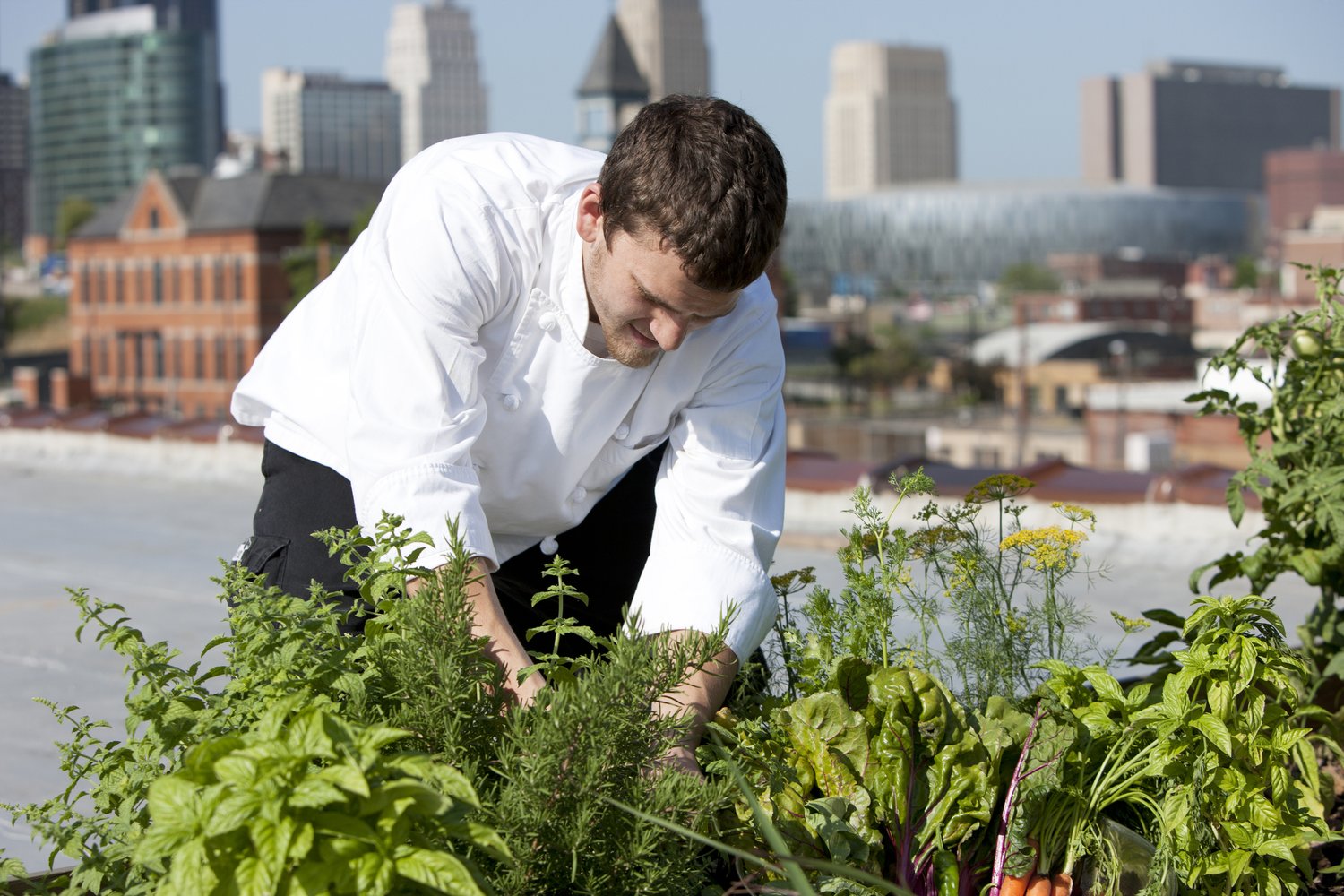City Blooming Fundamentals Explained
City Blooming Fundamentals Explained
Blog Article
Fascination About City Blooming
Table of ContentsA Biased View of City BloomingRumored Buzz on City BloomingSome Known Questions About City Blooming.Indicators on City Blooming You Need To KnowThe Facts About City Blooming Uncovered
Fascinated in expanding food for sale in the City of Chicago? Below is a checklist of often asked inquiries pertaining to the guidelines and policies that cultivators need to think about when preparing a city farming project.
The zoning amendment does not change any type of various other codes taking care of composting, structure authorizations, acquiring or renting City possessed home, business licenses or ecological contamination. There are existing codes that regulate these problems and they remain completely effect and might apply to your project. Community gardens are generally had or handled by public entities, public organizations or community-based organizations and maintained by volunteers.
Urban ranches grow food that is planned to be sold, either on a not-for-profit or for-profit basis. As a result of their commercial function, city ranches call for a company permit. Yes. A neighborhood yard is permitted to market surplus generate that was expanded on site if the sales are accessory or subordinate to the garden's primary objective described over.
5 Easy Facts About City Blooming Described
The quantity of garden compost material can not go beyond 25 cubic lawns at any kind of provided time according to the criteria in 7-28-715 of the City's Municipal Code. Since the dirt at a lot of new garden sites needs changing, compost, soil, wood chips, or various other materials can be acquired to construct or improve the growing area.

If a structure permit is called for then the hoophouse will certainly be considered an accessory structure. You can figure out even more regarding the building authorization demands by contacting the Division of Buildings. The 25,000-square-foot dimension limitation is intended to prevent a single neighborhood yard from dominating a given block or diminishing the block's existing property or industrial character.
The limitation does not relate to yards found in Public Open Space (POS) districts. Can there be greater than one area garden that is 25,000 square feet on a solitary block? Yes. The size limit puts on individual yards, not to individual blocks. No. Fencing is not required, nonetheless, gardens that have large vehicle parking areas might be needed to mount secure fencing or other landscaping features.
The Best Guide To City Blooming
B1 & B2 areas need that all business use activities be performed inside. R districts restrict business task. The laws show the objective and intent of the Zoning Code. Is fence required for city farms? Yes. Fencings may be needed, together with landscape design and screening, for sure parking lot and outside work or storage areas relying on area and the specific activity taking place.
Urban ranches need structure authorizations and zoning approvals prior to building (container and raised bed gardening etc.). Various other kinds of city evaluation may be required depending on particular structures, activities, dimension, landscaping, licensing, public health and stormwater monitoring issues.
The Division of Organization Affairs and Customer Protection can help establish the specific kind of service license that's required. Off street parking is needed for a lot of commercial tasks in Chicago. The called for number of car park spaces is based on the number of employees functioning on website and not the square video of the expanding area.
City Blooming for Dummies

Yes. A metropolitan ranch can sell garden compost product created on website, nevertheless, the operation must abide by the laws in 7-28-715 of the Chicago Municipal Code. Yes. Aquaponic systems are permitted inside on urban farms in many zoning areas. Nevertheless, a zoning evaluation and structure authorization is required in order to set up structures or systems and an organization permit is you could check here needed as explained over.
Approximately 5 hives or nests of honey bees may be kept as an accessory usage. Nevertheless, beekeepers should sign up with the Illinois Division of Farming. To learn more concerning the suggested zoning amendment you might get in touch with the Department of Real Estate and Economic Advancement, Bureau of Planning and Zoning at 312.744.8563.
, which takes area in country locations at the side of suburban areas.
9 Simple Techniques For City Blooming
It can include a motion of natural cultivators, "foodies" and "locavores", who seek to form social media networks founded on a common ethos of nature and neighborhood holism. These networks can create using official institutional assistance, becoming integrated into regional town as a "change community" activity for sustainable metropolitan development.
The a lot more direct access to fresh vegetable, fruit, and meat products that may be become aware via urban agriculture can enhance food protection and food safety while decreasing food miles, bring about reduced greenhouse gas discharges, thereby adding to climate adjustment mitigation. A few of the very first proof of urban agriculture comes from Mesopotamia.
Report this page